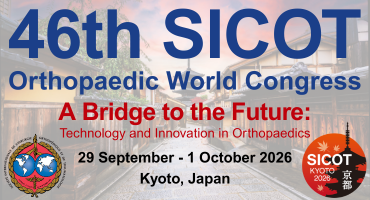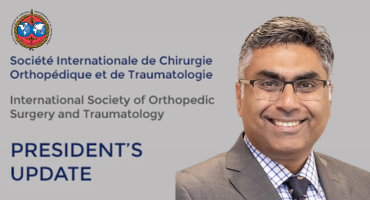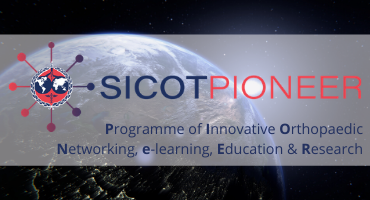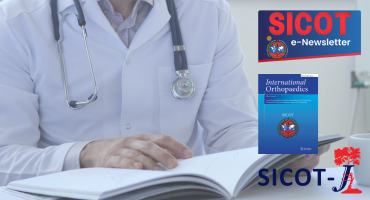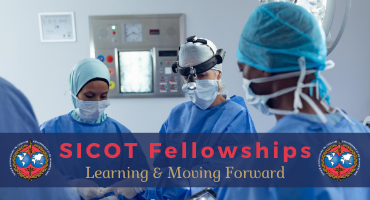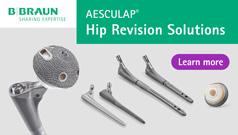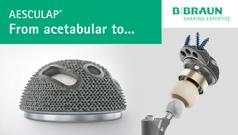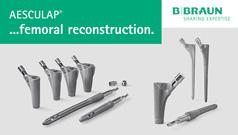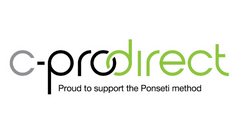Role and impact of telemedicine in spine surgery: a systematic review
EFORT Open Rev. 2025 Dec 5;10(12):894-902. doi: 10.1530/EOR-2025-0020.
ABSTRACT
PURPOSE: Telemedicine has emerged as a valuable tool in spinal surgery, enabling remote consultations, preoperative assessments, and postoperative care. This systematic review evaluates its impact on clinical outcomes, patient satisfaction, and healthcare resource use from 2020 to 2024, highlighting key benefits, challenges, and future research directions.
METHODS: A systematic search of PubMed/MedLine, Scopus, Web of Science, and Embase identified studies assessing telemedicine in patients undergoing spinal surgery. Covidence (Covidence, Melbourne, Australia) was used for screening and selection. Risk of bias was evaluated, and a qualitative synthesis was conducted following SWiM guidelines due to study heterogeneity. Data were standardised to one decimal place, except for reported P-values.
RESULTS: In total, 37 studies comprising 91,139 patients met inclusion criteria. Telemedicine demonstrated high diagnostic accuracy, with concordance rates exceeding 90% in most studies. Patient satisfaction remained consistently high (86.9-96.4%). It improved treatment adherence, pain management, and functional outcomes. Key advantages included cost-effectiveness and increased accessibility, though challenges such as bias and technological limitations persist.
CONCLUSION: Telemedicine plays a significant role in spinal surgery, offering high diagnostic accuracy, patient satisfaction, and improved clinical outcomes, including reduced pain and disability. It enhances compliance, reduces costs, and improves access to care. However, technological barriers, regulatory concerns, and study heterogeneity underscore the need for further research. Telemedicine holds promise for transforming spinal surgery care.
PMID:41347774 | DOI:10.1530/EOR-2025-0020






